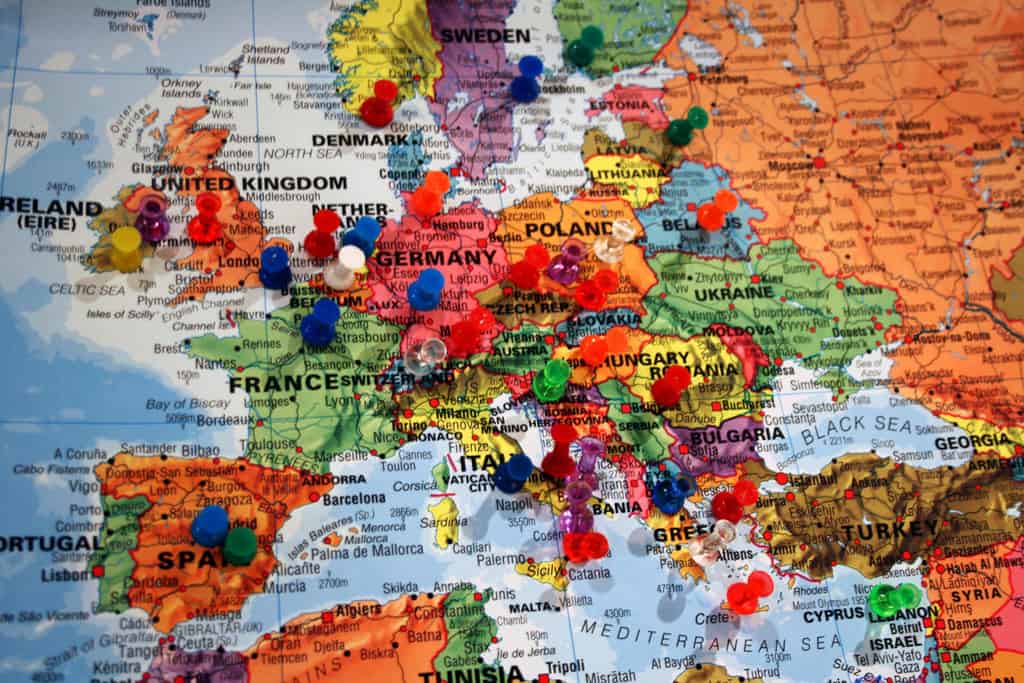The good folks in Brussels recently published a report on intra-EU labour mobility. It’s a 252 page document. These are the points I found most interesting…
In 2016 there were almost 12 million Europeans who had moved to another EU country. This is an increase of 5% on the previous year.
UK and Germany are the largest host countries accounting for almost 50% of mobile workers. Germany is attracting more migrants. No account was made in the numbers for the impact of Brexit.
Spain and Italy are the next two most important destination countries. France, Belgium and Austria are the next most popular destinations in that order.
Around half of all movers across the EU are Romanian, Polish, Italian and Portuguese
The highest emigration rates can be found in Lithuania, Latvia and Romania (two to three times as high as the cross-country average).
In 2015, outflows continued to increase in Estonia, Croatia, Hungary and Slovenia who see a rising emigration trend since 2009.
Half of movers are male and half are female. Female movers are generally better educated.
Migrants are more likely to be employed (83%) than their sedentary neighbours.
Unsurprisingly, language is referenced as one of the biggest barriers to EU-mobility.
The entire report is here. It will be interesting to see how Brexit plays out on next years figures. If you’re interested in assessing the talent pool for software developers in Europe I’m happy to discuss further.

